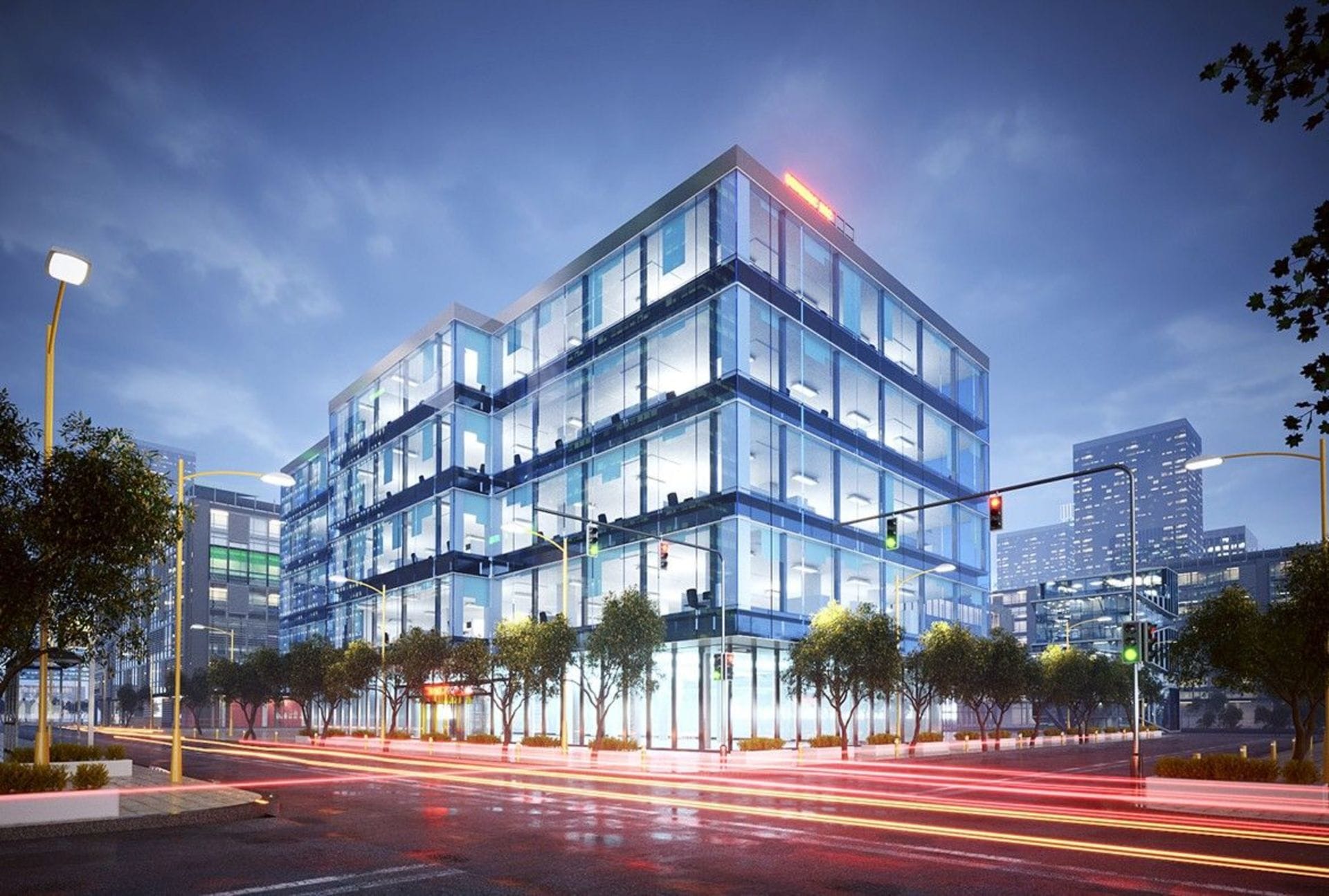
Light Up Sketchup Rendering Free Download Light
We will start with a kitchen scene, downloaded from the SketchUp 3d Warehouse, with some walls added:Download Free Download Light Up For Sketchup - best software for Windows. LightUp: LightUp is a plugin for SketchUp that adds realtime lighting of your.What many of us design nerds don’t know, however, is that VRAY is fully compatible with SketchUp via an equally as user-friendly plugin. If you’re looking to get photo-realistic renderings out of SketchUp, VRAY is probably where you’ll want to look first.
It is also important that the front side of the quad is pointing down - as in Indigo by default, light is emitted from the front side of a surface only.The next step is to create a new SketchUp material. I have called mine 'light mat'. Since I have the SkIndigo material editor open (you can open the SkIndigo material editor from the SkIndigo toolbar) it shows and allows me to edit the 'light mat'. Once you successfully add a light to your project, you will be able to fine-tune various settings for the individual lights and light rendering in this window. In addition to lights, this window also allows you to add sound sources and proxies to your model.
Other tutorials I have seen show that the Candelas don’t have to be turned up to a ridiculous level, both light and dark are turned all the way down, and they but skylight portals over the windows.Whenever I turn the light and dark all the way down the render is black, and whenever I try to use the skylight portal it wants to assign it to a surface instead of drawing a box.My intention is to make a somewhat realistic-looking rendering of an interior room that has down-lighting and a window.Thanks for posting the image, that helps a lot.The speckling is likely caused by one of two things:1) unsealed openings (all openings to the exterior should be sealed with a skylight portal - more on that later)Before working towards a solution, it is important to recognize that interior lights will always appear dim next to bright sunlight. I would post a picture, but I don’t know how to do that on here.In the shadows tray I’ve got light up to 100 and dark at 49.In the Shaderlight Render preferences I’ve got it set to global illumination, physical sky, auto exposure is turned off, and I have an exposure set to +2.5.Right now the problem with the render is that it is grainy, and my grey polished concrete floor is blue. I was going to elaborate but the thread would’t let me post for some time.During the time I was waiting to post again, I managed to get it working, but it only looks right when I make the candela count 5000. For Vray dome light with HDRI texture, a comparative test render was made using. In this tutorial you can learn how how to set up and light a sketchup.By default this will render in Indigo with Sun+sky illumination, resulting in a render like this:We now want to set up the lights hanging above the bench so they emit enough light to be visible.First off, we want to add a quad in each light fixture which will emit the light.A single quad results in the most efficient rendering.
Two or three decorative lamps will result in a dimly lit room except for the areas directly next to those lights.- set the render settings to “Artificial lights only”- turn auto exposure off (deselect the checkbox—this is important or subtle changes to lighting will be difficult if not impossible to notice)—find a manual exposure that looks right for your desired outcome (I often find 4 or 5 is a good starting point then adjust from there—if the focal point is getting over exposed before the rest of the room is bright enough, or if the other areas are bright enough but are grainy, add more lights to the rest of the room, don’t just crank up the existing lights.—in Artifical lights only, graininess is usually caused by lack of light or render quality. If you can replicate that as a starting point, then you can make controlled adjustments to get where you really want to be.)Assuming the kitchen is the focal point and not the window:—use ies lights where possible for best results—set the dimmer to 100% to replicate real life light levels—remember that real life scenes often have several light sources. But, that’s real life and so if you are looking for photorealism, that is what you should be emulating (often that’s not what we really want, but let say it is. We forget that because in real life our eyes adjust very quickly as we look around the room.

Either extreme will likely result in unrealistic results. This may help:- open the Shaderlight dialogue box and select “skylight portal”- move the cursor over the face you just drew- the large arrow that appears should point towards your interior, if it doesn’t, then hold the shift key to reverse the direction.- if the face you selected is a window (i.e., you have aplied glass setting to it and made it transparent) then just click the face to apply the skylight portal properties to it otherwise, if you created a face with the sole intent of being a portal then hold the CTRL button while you click the face to turn that face into a portal instead of a solid faceI believe the Sketchup light/dark default settings are midrange (50%).


 0 kommentar(er)
0 kommentar(er)
